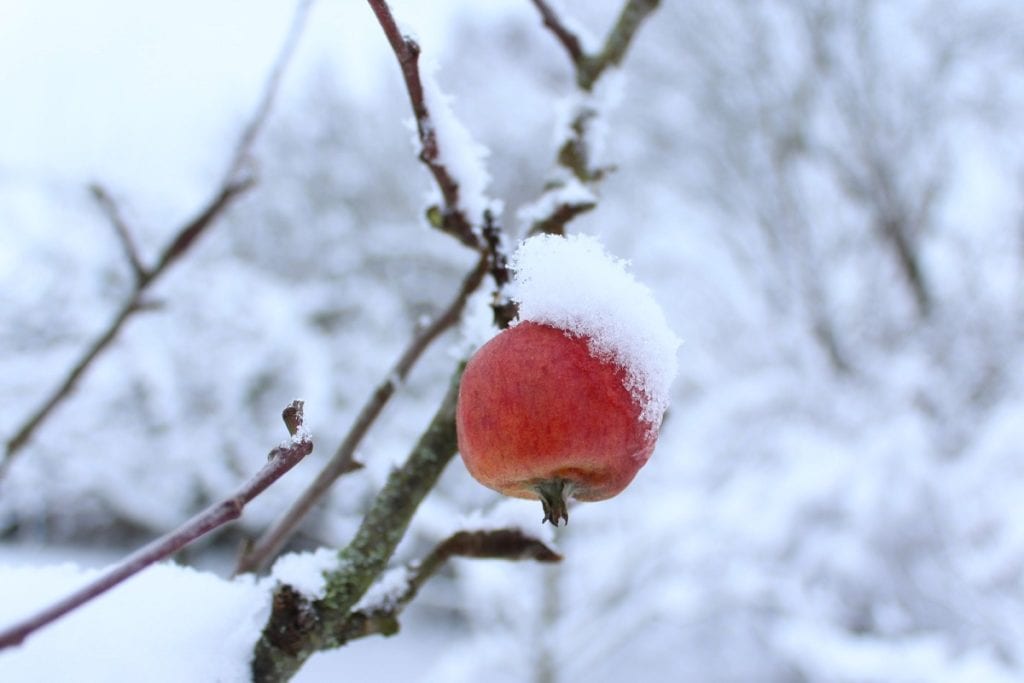
It may not feel like it yet, but spring is on its way. This early, gardeners are already starting to break out their tools, tend to their soil, and grow seedlings indoors to prepare for spring.
There’s a lot to do. In a few months, you’ll be caught up in a whirlwind of seed sowing, planting, and growing as you nurture your garden back to life.
Prepping Your Garden for Spring
You should make use of the quieter winter months to organize your thoughts and get a head start on the new gardening year.
Here are a few tips and pointers on how to prepare your garden for spring.
1. Order Seeds Now
Order summer-flowering bulbs and seeds now. This is a perfect gardening task for a wet and windy winter’s day. Flowers like lilies, gladioli, and ranunculi can all be ordered in the winter for early-spring planting.

2. Start Seeds Indoors
Many plants won’t grow well if you simply put seeds directly into your garden’s soil. Start growing from seed indoors in the weeks leading up to spring. You can transplant the small plants into the garden when they’re ready to thrive.
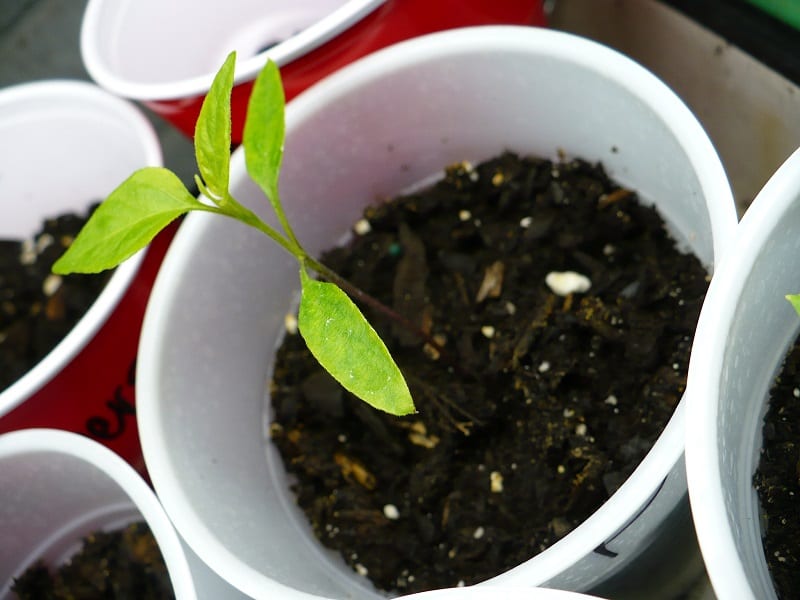
(Photo: marajanecreations.com/Flickr)
3. Tidy Up
Start tidying up. Remove those leaves and other debris from flower beds and borders. You can cut back the dead growth of deciduous grasses and herbaceous perennials now. But if you’d like to be wildlife-friendly, it’s best to leave these until early spring.
In an article for Thompson & Morgan, Sue Andersen says you should clear borders and beds back to bare soil. Put the dead organic matter you’ve cleared away into your compost pile or bin. The compost will be useful once the planting season starts.
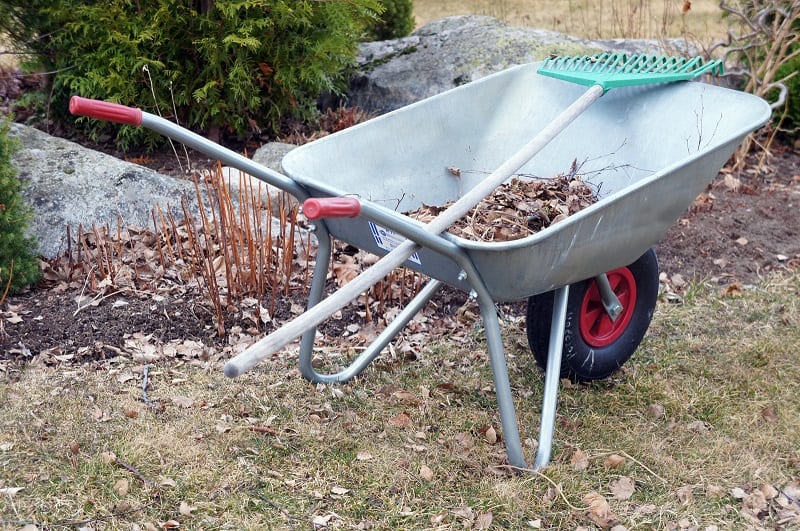
4. Start Collecting Rainwater
Most of the year’s rain falls in winter. Now is the time to start collecting it. Harvesting rainwater is essential for environment-friendly gardening.
Peak demand for water in the hotter months often forces water companies to resort to groundwater reserves and streams. This is both harmful to the environment and costly for consumers.
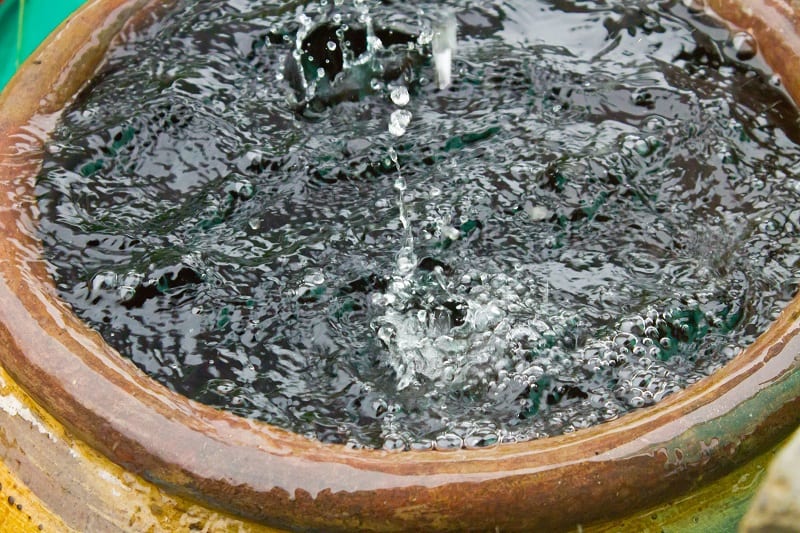
5. Maintain Fences, Gates, and Trellises
Winter is the best time to get those nagging little maintenance jobs out of the way. Check your fence panels, gates, and trellis for any sign of weather damage or decay.
Fixing any broken structures now will give you more time to spend in the garden during the spring and summer. Replace any broken segments or structures.
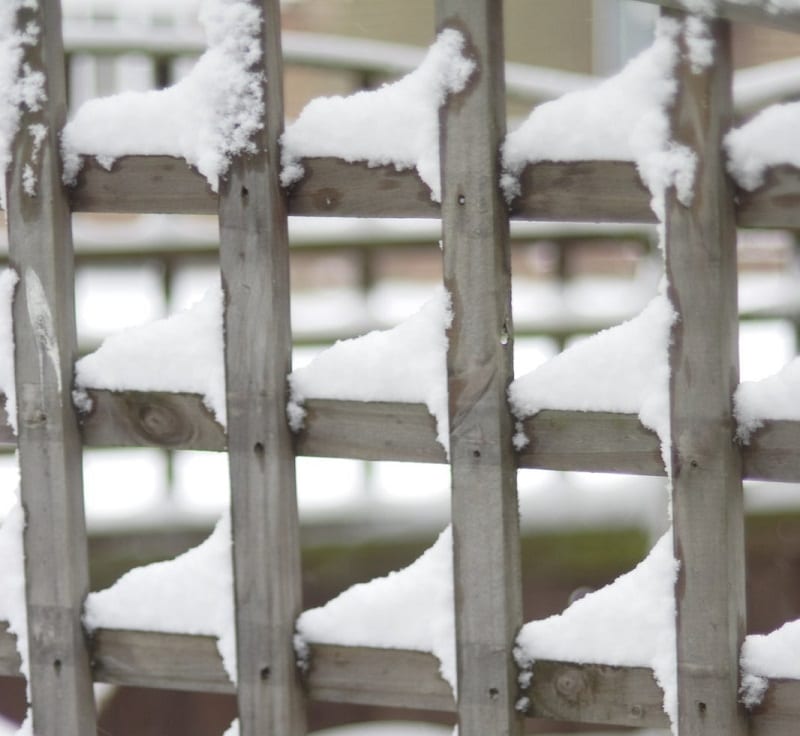
6. Start Removing Garden Pests
Hunt down and remove hibernating pests now. The effort will save you a lot of trouble come spring and summer.
Take a closer look at the crowns of your perennial plants. Check for slugs, snails, and aphid colonies sheltering for the winter.

7. Maintain Your Gardening Tools
Maintaining your garden tools will help preserve them. This will save you money in the long run and help prevent the spread of disease. Dirty secateurs are notorious for introducing bacteria and fungi to fresh pruning wounds.
Use a strong detergent, hot water, and a scourer to give bladed tools a thorough once over. Sharpening your tools will improve their performance.
Once sharpened, apply some WD40 to the blades and hinges, let it clean and then drip from your tools for about an hour, then apply oil.
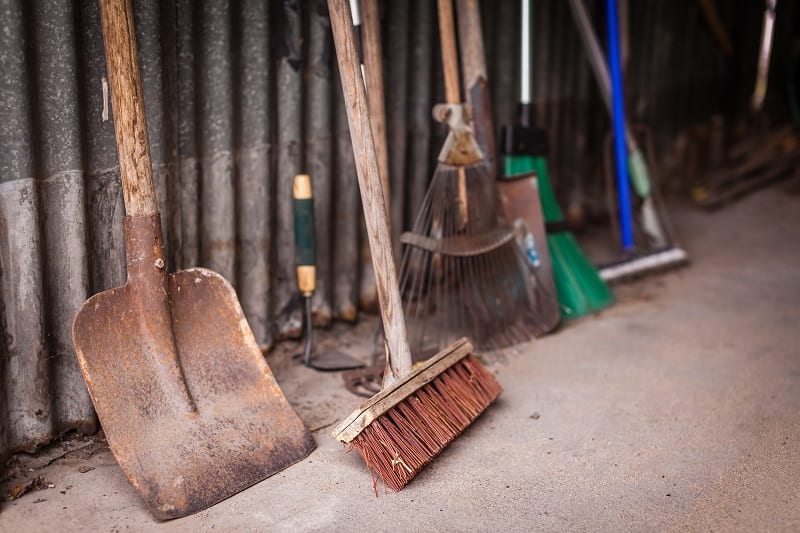
8. Start a Compost Area
If you haven’t done so already, now is the time to set up a compost area in your garden. This could be as simple as buying a ready-made compost bin or you could build your own.
Your garden’s compost area provides somewhere to put all your organic waste. Once it has broken down, you’ll get a lovely, rich compost your plants will thrive on. Make sure you have a good mixture of grass clippings, vegetable peelings, paper, and woody pruning.
You’ll need to turn your compost with a garden fork each month to keep it aerated.
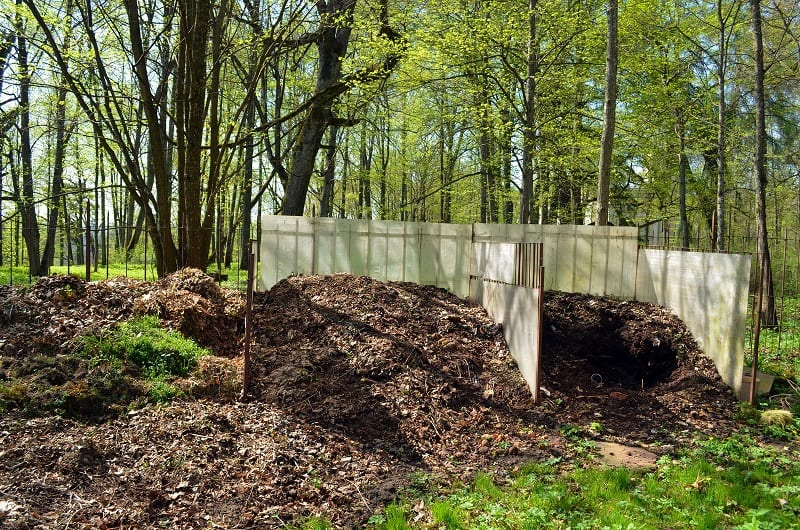
Invest a Little Time in Your Garden this Winter
As you can see, there is much to be done in winter for your garden. Investing a little time for winter garden preparation helps ensure your garden can provide a healthy home for your crops come spring.
The payoff is worth it. Both your wallet and your health will benefit from growing produce at home. Work your way through the list and your garden will be in fine form when spring finally arrives!








